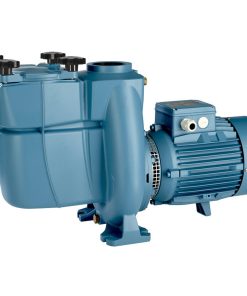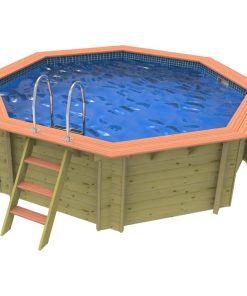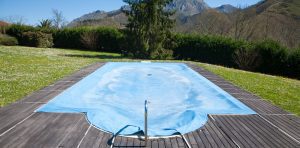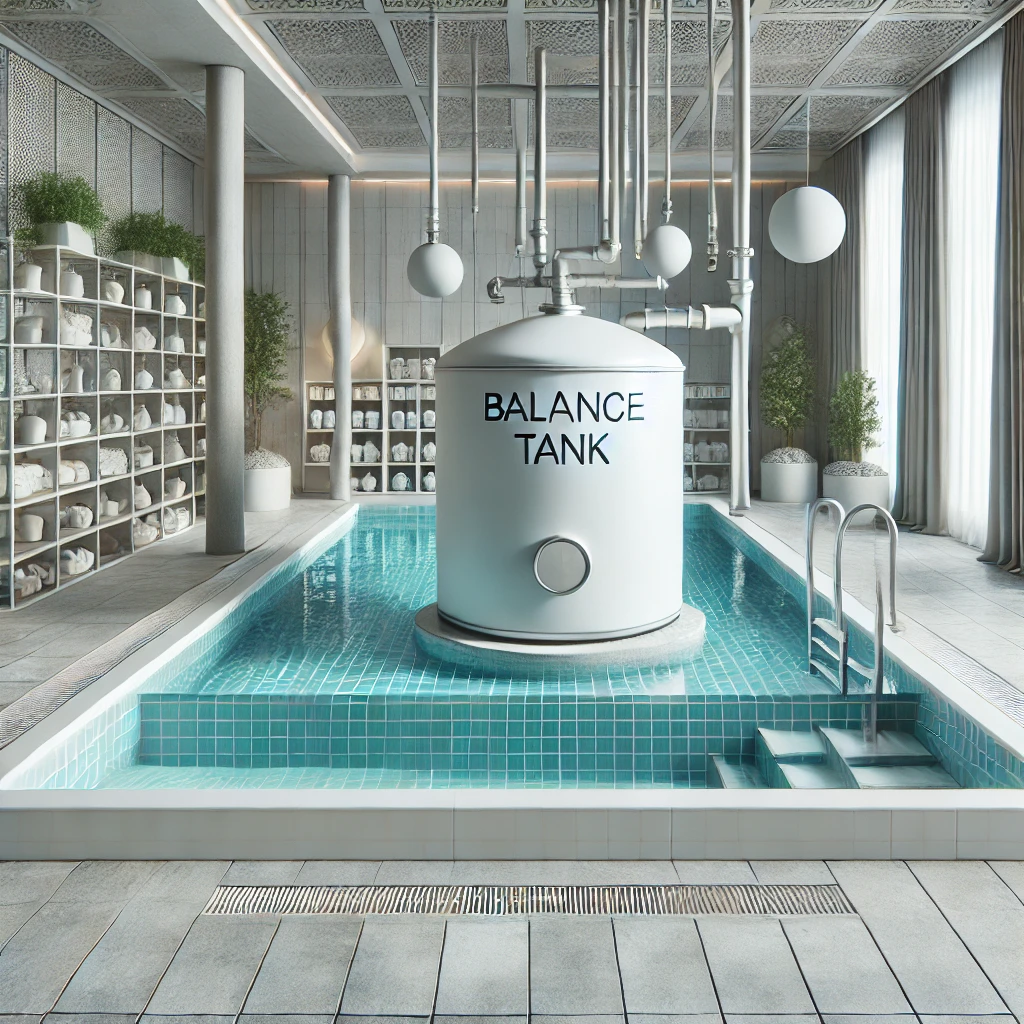Hottub, Swimming Pool
Legionella Risk Assessments for Spa Pools: A Guide for Business Owners
Spa Pool Operators Need to Conduct Legionella Risk Assessments According to Business Owners
Every spa pool operator must fulfill their legal duty to guarantee their system provides safe conditions for users. A Legionella risk assessment stands as an essential requirement to fulfill health and safety standards. Here’s what you need to know.
What Is a Risk Assessment?
A risk assessment system helps to detect possible dangers while establishing the required safety protocols to avoid injuries. The assessment of spa pools requires evaluation of Legionella and microbial growth hazards.
Key Factors to Assess
Water Source: Examine your supply water for any existing contaminants.
Spa Design: Identify areas prone to stagnation or biofilm buildup.
Bather Load: The assessment needs to evaluate both user numbers and their effects on water quality.
Creating an Action Plan
The assessment results should guide you to create a written control scheme which includes:
Disinfection procedures
Monitoring schedules
Maintenance tasks
Legionella Risk Assessment FAQs
Q: Who is responsible for conducting the risk assessment?
The dutyholder who owns or operates the spa pool bears responsibility for this task. External assessment services can be contracted by you if needed.
Q: How often should risk assessments be reviewed?
A risk assessment should be performed at least annually but also after major system changes or usage pattern changes.
Q: Is a risk assessment legally required?
A risk assessment stands as a mandatory requirement for businesses that operate spa pools under health and safety law.
Take the First Step Today
A well-executed risk assessment serves dual purposes by fulfilling regulatory requirements while safeguarding users. Begin your assessment at once to establish a safer space for everyone.


















